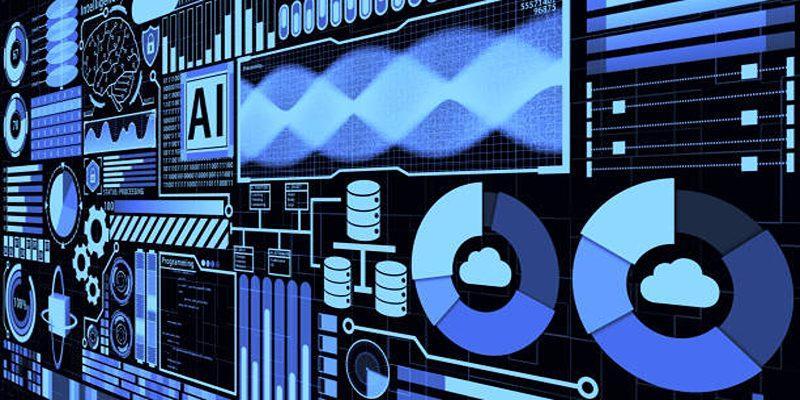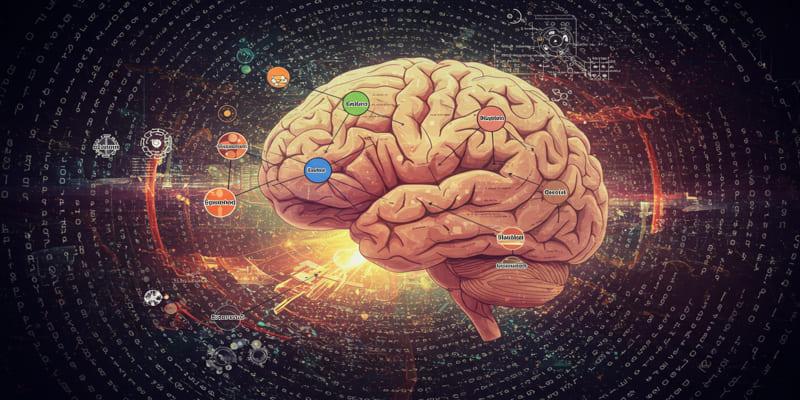Artificial intelligence (AI) predictive analytics is revolutionizing the way data analysts approach decision-making. By leveraging advanced algorithms and vast datasets, it enables precise forecasting and trend identification. This transformative tool empowers analysts to uncover actionable insights, streamline processes, and drive strategic outcomes, making it an invaluable asset in today’s data-driven world.

Predictive analytics is the ability to forecast with the help of statistical methods using past data. These models can be linear trends or simple correlations, and when augmented by AI, they can be more. AI brings the concept of machine learning algorithms, which have the capability of learning based on existing data patterns, identifying the underlying hidden signals, and re-adjusting themselves based on the emerging information.
Where traditional analytics tells us what has already occurred, AI-driven predictive analytics answers more powerful questions:
These insights equip businesses to minimize risk, seize opportunities, and optimize operations in ways never before possible.
The addition of AI introduces intelligence, speed, and adaptability across every stage of the predictive workflow:
Data preprocessing is one of the most time-consuming stages in analytics. AI streamlines this through automated techniques like:
These processes reduce manual intervention while ensuring a cleaner, more reliable dataset for modeling.
AI provides access to a vast arsenal of machine learning models, including:
These models can analyze complex, non-linear relationships across datasets, making predictions more accurate. Deep learning further enhances this capability by handling high-dimensional data like images, speech, or sensor streams.
Unlike static models, AI algorithms can evolve over time. By incorporating continuous learning methods, models adjust to changes in behavior, market trends, or user preferences—ensuring relevance and reducing the risk of outdated predictions.
Modern AI models are increasingly designed with explainable AI (XAI) principles, allowing analysts to understand and trust the model’s decisions. Tools like SHAP (SHapley Additive exPlanations) and LIME (Local Interpretable Model-agnostic Explanations) help interpret model outputs in human-readable terms.
AI predictive analytics is being widely adopted across sectors, each leveraging its power to tackle domain-specific challenges:
Retailers use predictive models to forecast demand, reduce stockouts, personalize product recommendations, and optimize pricing strategies. AI enhances customer segmentation by analyzing buying behavior, browsing history, and demographic patterns in real time.
In finance, predictive analytics assists with credit scoring, fraud detection, risk assessment, and customer lifetime value forecasting. AI models monitor real-time transactional data and flag deviations that could signal potential risks.
Hospitals and healthcare organizations apply AI-driven analytics to forecast patient inflow, manage staffing levels, and identify early indicators of medical events. Operational efficiency improves when care delivery is matched with predictive demand modeling.
Predictive analytics is critical for optimizing inventory, forecasting demand, and maintaining machinery. AI models can detect signs of equipment failure early, enabling preventive maintenance and reducing costly downtime.
Marketing teams utilize AI to predict churn, identify high-value leads, and forecast campaign success. Behavioral modeling helps target the right customers at the right time with the right message, maximizing engagement and return on investment.
Data analysts now have access to a rich ecosystem of platforms and programming environments tailored to AI predictive analytics. Common tools include:
By mastering these tools, data analysts can deliver high-impact insights while reducing development cycles.
The infusion of AI into analytics does not diminish the relevance of data analysts—it redefines it. Analysts are no longer limited to data cleansing or descriptive reporting. Instead, they are emerging as strategic enablers who:
Soft skills such as critical thinking, storytelling with data, and domain knowledge are becoming just as valuable as technical expertise.

As organizations adopt AI predictive analytics, they must remain mindful of responsible and ethical use. Key considerations include:
Despite its many advantages, AI predictive analytics is not without its challenges. Data analysts may encounter:
As technology continues to advance, predictive analytics will evolve into even more intuitive and autonomous systems. Emerging trends to watch include:
AI-powered predictive analytics is not just an enhancement of traditional data analysis—it is a bold leap forward into a proactive, intelligent future. For data analysts, this evolution presents a unique opportunity to elevate their role from report generators to foresight architects. By embracing AI tools, refining their analytical approach, and aligning with ethical principles, analysts can deliver unparalleled strategic value.

Explore how Advanced Topic Modeling with LLMs transforms SEO keyword research and content strategy for better search rankings and user engagement.

How to evaluate Agentic AI systems with modern metrics, frameworks, and best practices to ensure effectiveness, autonomy, and real-world impact in 2025.

AIOps redefines IT operations by leveraging AI to reduce costs, enhance efficiency, and drive strategic business value in a digital-first world.

Selector is a versatile platform for anomaly detection and network security, using advanced AI for precise threat identification and prevention.

How IT monitoring platforms enhance system reliability, enable faster issue resolution, and promote data-driven decisions.

How AI-powered automation is transforming network operations, delivering efficiency, scalability, and reliability with minimal human intervention.

How AI enhances forecasting accuracy while addressing limitations like rare events and data quality through human-AI collaboration.

Find out how to stop X from using your posts to train its AI models.

Explore how ChatGPT’s AI conversation feature works, its benefits, and how it impacts user interactions.

How data mining empowers businesses with insights for smarter decisions, improved efficiency, and a competitive edge.

Google’s Gemini Live now works on most Android phones, offering hands-free AI voice assistance, translations, and app control

Google’s Gemini 2.0 boosts AI speed, personalization, and multi-modal input with seamless integration across Google apps